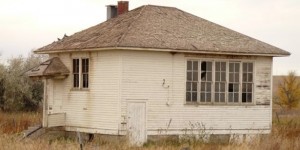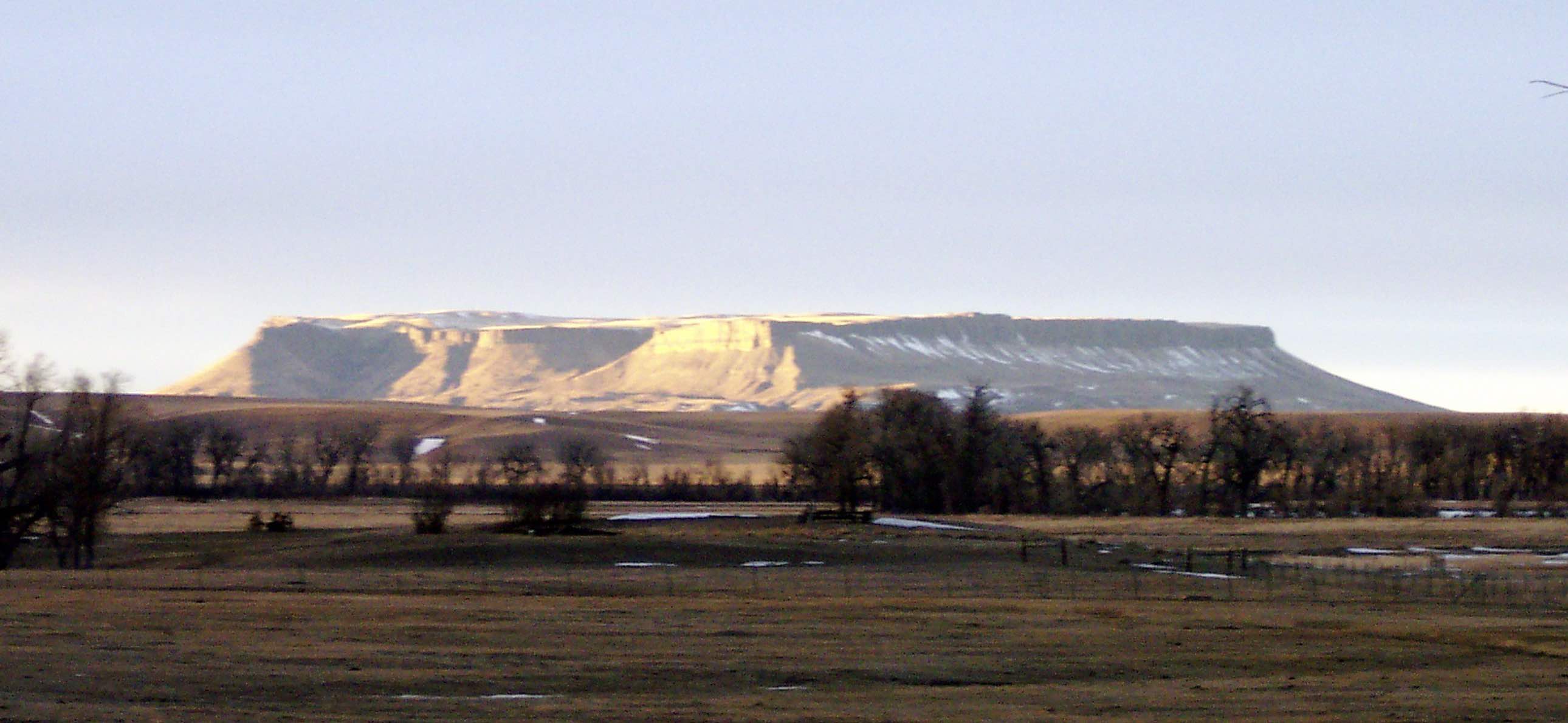
Each time I drive past Travis School, the one-room schoolhouse where I started my whole adventure in learning, I see the possibilities. “Some day, it could be a __________” or “Someday, wouldn’t it be great if __________?”
I have never doubted that the school with such a mix of memories for me would ever be in danger of not anchoring the corner where the graveled county road makes the slight bend to follow some unseen section or township line.
That has all changed now.
There is a new owner. Neither the school nor the adjacent three-generational farmhouse of the previous owners is part of this new owner’s visual or cultural landscape. Instead, the two structures represent problems that can be solved most easily by demolition.
As an icon of rural Montana, what happens to this former school and so many others like it across Montana’s spaces says a great deal of what, and for that matter, who we value as a society. What does this building say about the earlier investment in the infrastructure and process for learning? What does it say about our readiness to throwaway usable resources, or, for that matter to see whatever we create as the only solution?
And, if a building is viewed as a symbol of human capacity, what does the demolition of a building say to how we value the landscape of the past? Doesn’t the destruction of such a building underline our retreat from our human capacity to consider and act on the creative possibilities? Are we too quick to assess both historic resources from the past and the individuals in the present in terms of the negatives?
Is the glass half empty? I still prefer to see the glass half-full!

Comments are closed, but trackbacks and pingbacks are open.